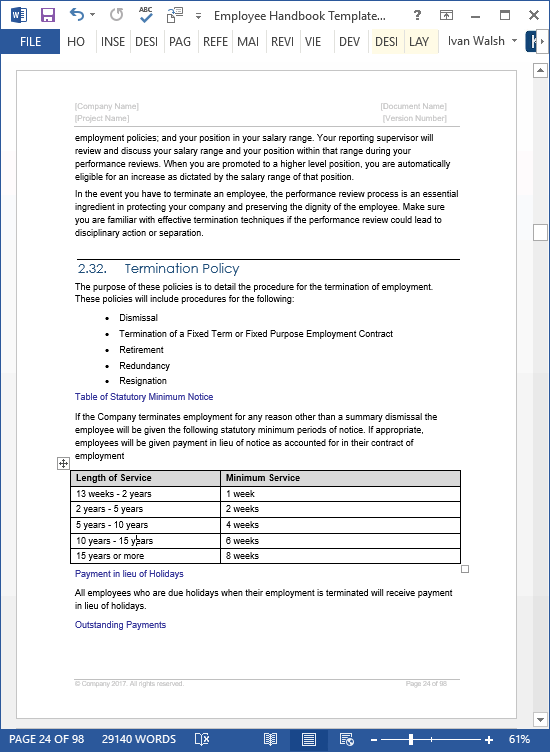Excel 2010 Introduction: Part I 10 The Basics Windows Concepts Excel is an application that runs under the Windows graphical user interface. When launched, Excel sits in its own window the box that surrounds the application elements. E window can be moved, sized, closed, minimised. Introduction to Microsoft Excel. Microsoft Excel is the #1 productivity software in the world. A huge amount of data comes in a spreadsheet format, so an analyst needs Excel in their arsenal. This course will teach you all the Excel skills you need to perform multi-layered calculations, create charts, manipulate data, look up functions, and more!
This course is part of a series..
This course will explore the new features in Microsoft Excel 2016, as well as go over the fundamental tools that this spreadsheet software has to offer.
In Part 2 of the Microsoft Excel 2016 course, we'll look more closely at entering and manipulating data, editing charts, and adding formulas.Microsoft Excel 2016: Advanced
In the last module of Excel 2016, you will learn how to define data editing, format and label charts, describe absolute and relative references, create complex charts, and copy, reuse and print works..
What is Microsoft Excel?
Basically, it's a spreadsheet program used to store, organize, and analyze data. But it's much more than that. Directv watch live. Excel has been around for a very long time(since 1982!) and sinceits inception tons of features have been added that help people create reports,charts, automate tasks, and much more.
If this article helps solve your problem, please consider supporting me because it takes a lot of effort (and coffee!) to provide this content.
👇 There's a special gift for you in return for your support.
Enjoy the post!
So what does it look like?
Here is the main window of Excel 2007 when started. If you're coming from Excel2003 or earlier, you'll notice some big changes (more on that later):
There are many components to what you see here. For simplicity, let's break itup into five sections:
- Workbooks and Worksheets
- Quick Access Toolbar
- The Ribbon
- Formula Bar
- Name Box
Ms Excel Introduction
Workbooks and Worksheets

In Excel, Worksheets are kind of like sheets of paper in a notebook with graphpaper. Each worksheet has its own grid full of 'Cells.' A Cell is a containerfor data and each little rectangle you see in the worksheet is a cell. Cellsare organized by columns (A, B, C, …) and rows (1, 2, 3, …). They can holdplain text, or calculate data with formulas (more on formulas later).
Tip: A collection of cells is called a Cell Range.
A notebook would just be loose leaf paper if it weren't bound together somehow.So just like a notebook, worksheets are kept together by Workbooks. A workbookis a collection of worksheets. That's it.
Quick Access Toolbar
The Quick Access Toolbar lets you add commands that are always visible to youwhile working with the Workbook. Commonly found commands are Save, Undo, Redo,and the New Workbook commands.
Also, if you're looking for the 'File' button, there is none. However, youcan use the new Office Button as shown below.
The Ribbon
If you're coming from Excel 2003 or previous, you'll immediately notice that thetoolbar is gone. It has been changed for what is now called 'The Ribbon,' whichorganizes common commands into 'groups' and further organizes them into 'tabs.' The tabs are found at the top of the Ribbon such as the Home, Insert, and PageLayout tabs.
The groups are found at the bottom of each tab. So for the Home tab, you'll findthe Clipboard group, Font group, etc. Within each group are commands associatedwith the group name. So for the Clipboard group you have the Cut, Copy, andPaste commands. Also, if you look closely at some of the group names, you'llsee a small icon to the right of their name. Clicking this will open advancedoptions for the group.
Tip: Double-clicking the active tab toggles the Ribbon on and off.
If you feel the Ribbon is in your way, you can double-click the active tab (thetab that is highlighted) and it will minimize the Ribbon. You can display theRibbon temporarily by clicking any tab once while minimized. To get the Ribbonback to full size, double-click any tab once more. And for those of you wholove keyboard shortcuts, you can use CTRL+F1.
That's pretty much it for the Ribbon. There are ways to customize and enhanceit, but those are more advanced topics and we're keeping things simple in thispost.
Formula Bar
The Formula Bar is an area to display a cell's data. If the cell uses aformula, it will display the formula; if not, it will show the value. Take alook at the image below. The cell A1 is selected, but the formula bar shows aformula.
Also, the little 'fx' icon to the left of the Formula Bar is actually a buttonthat will open up an 'Insert Function' window. This window allows you to easilyinsert simple formulas into the Formula Bar. We'll talk more about formulas ina later post and I'm sure we'll dig into more complex formulas in due time.
Microsoft Excel Online
Name Box
Finally, we come to the Name Box. Located just to the left of the Formula Bar,the Name Box displays a reference to the selected cell (in the image below, itstates 'A1'). The Name Box will also display a 'Named Range' if a cell rangewas given a name. The little arrow to the right will display all Named Rangesin the current workbook which, when selected, will highlight the cells in theNamed Range.
Wrap Up
That pretty much covers the very basics of Excel 2007. If you enjoyed thecontent, please subscribefor more posts about how to create formulas, make charts, and more.

